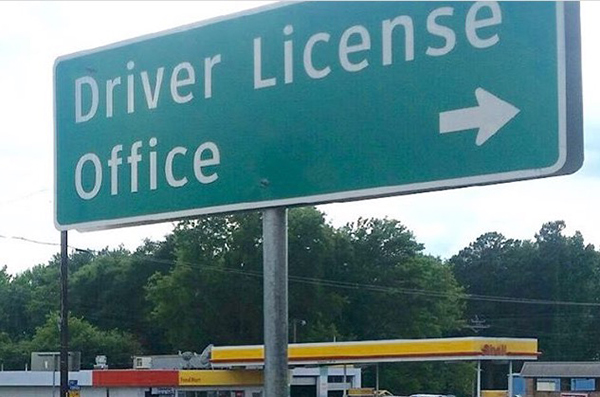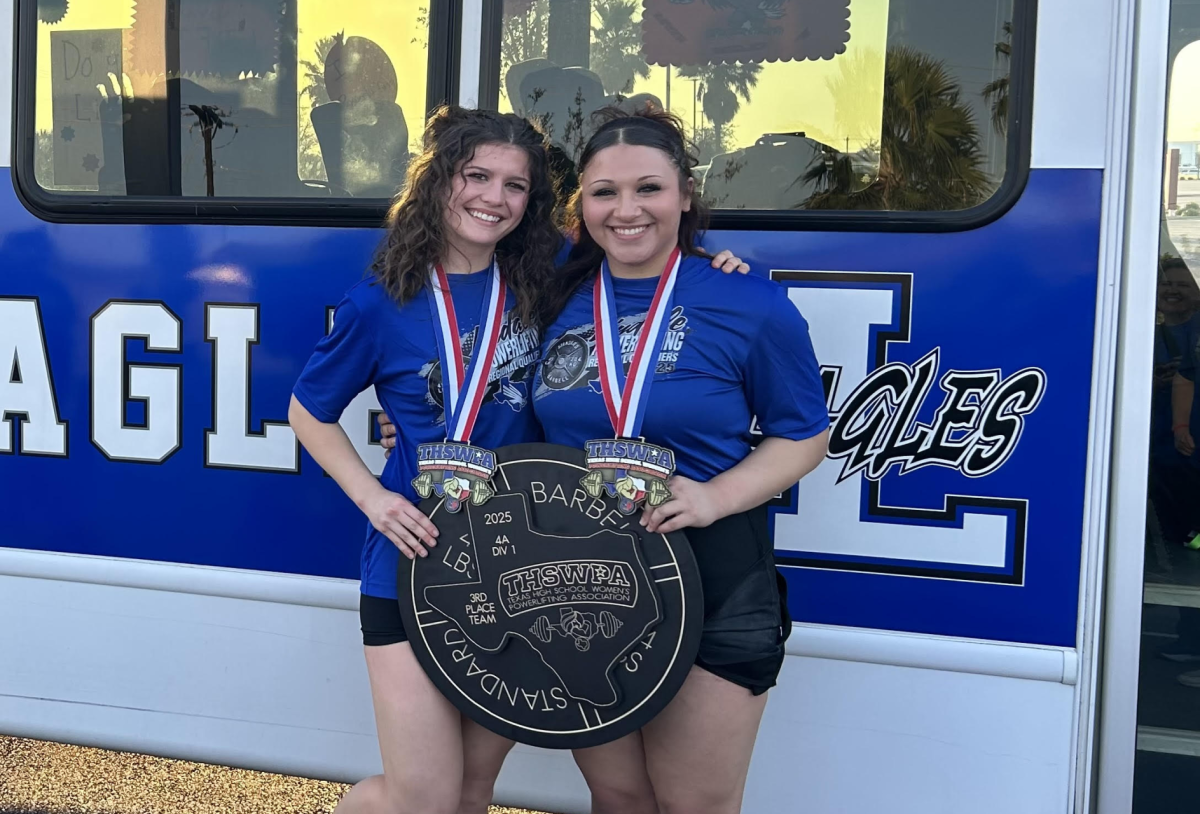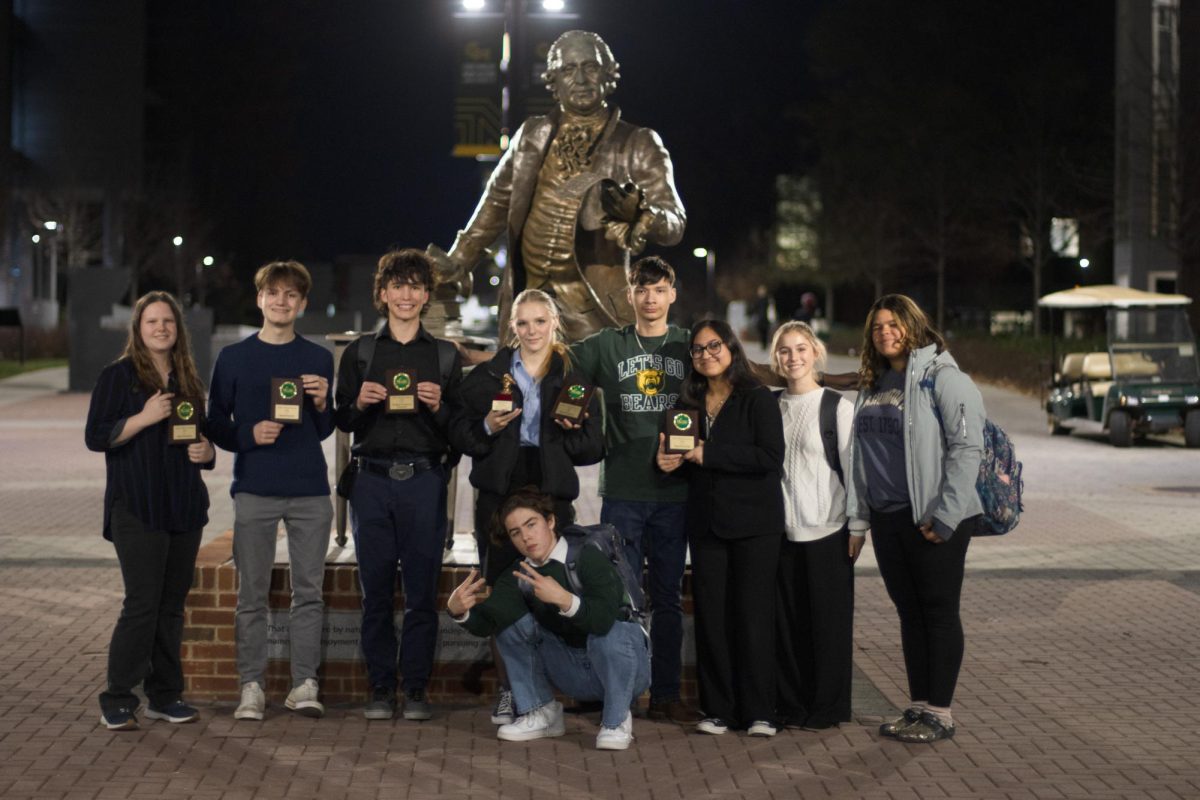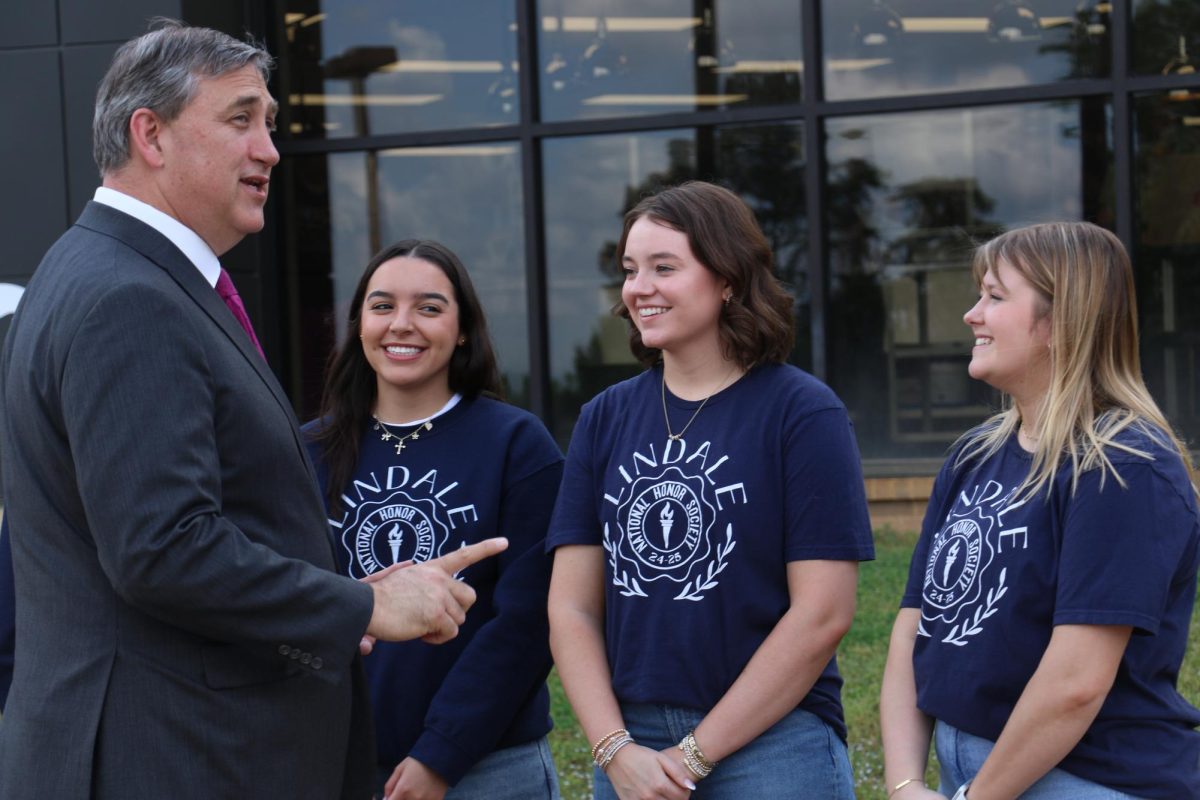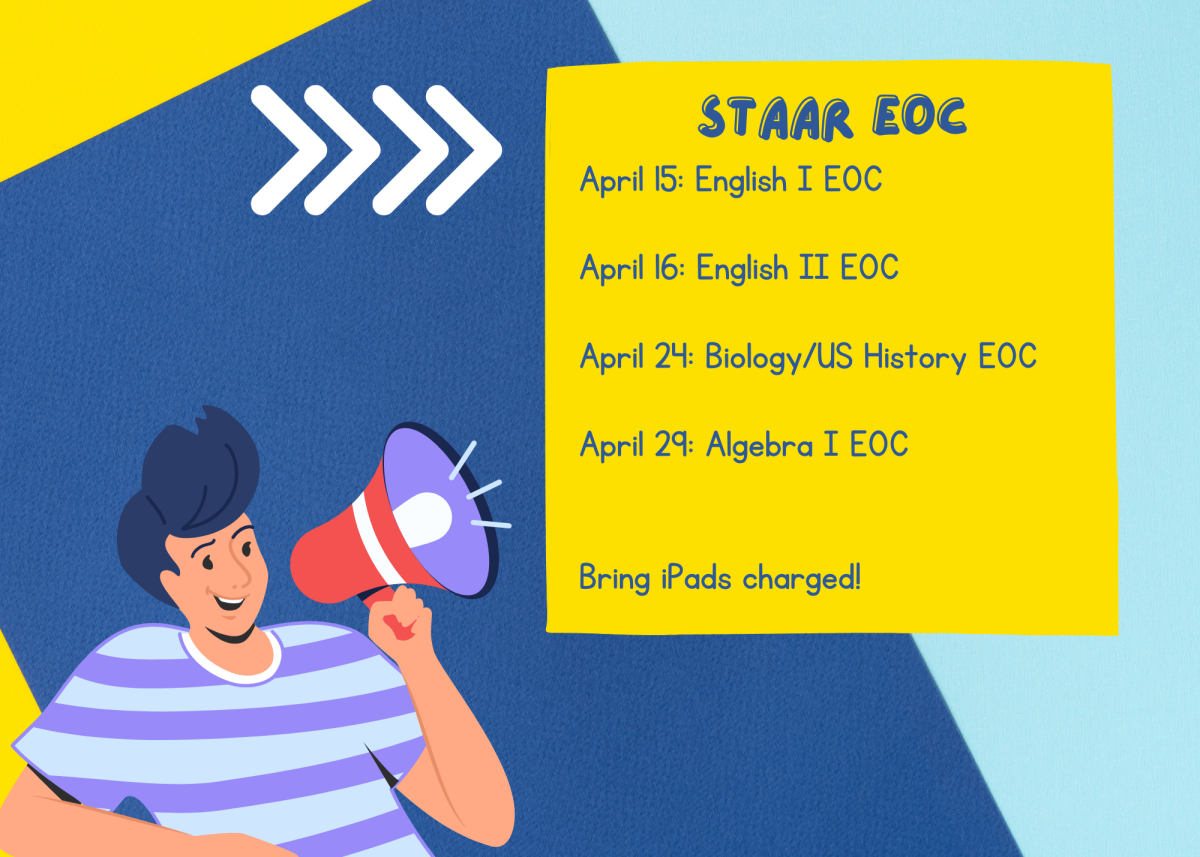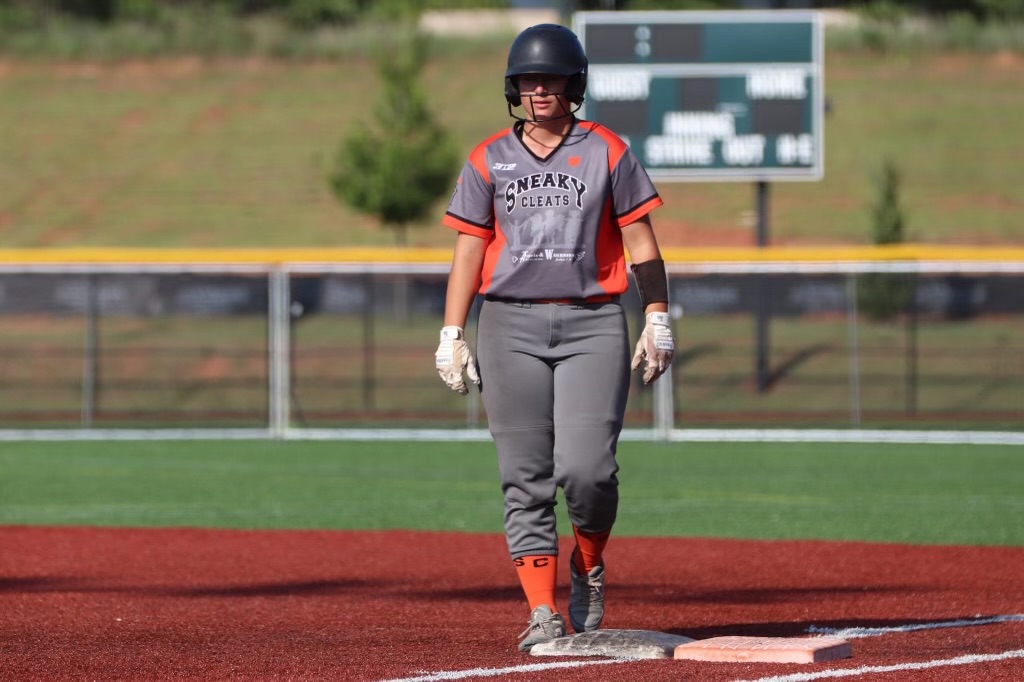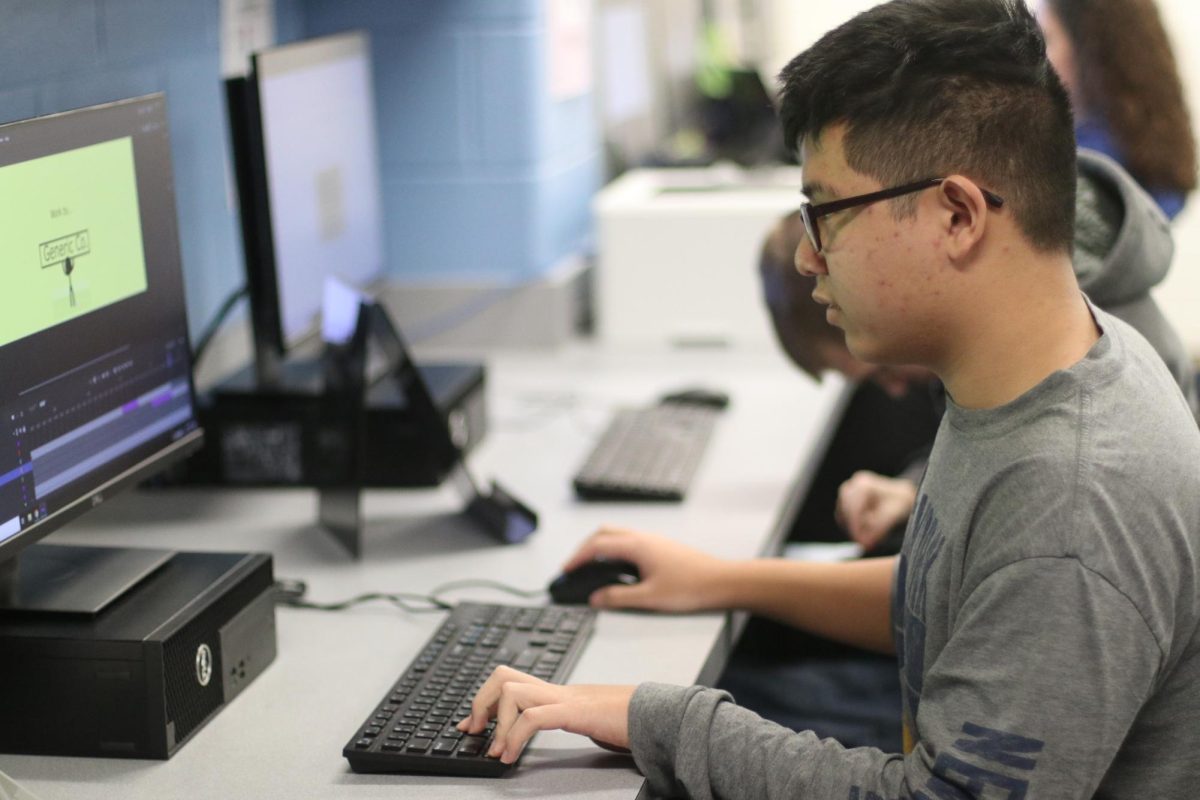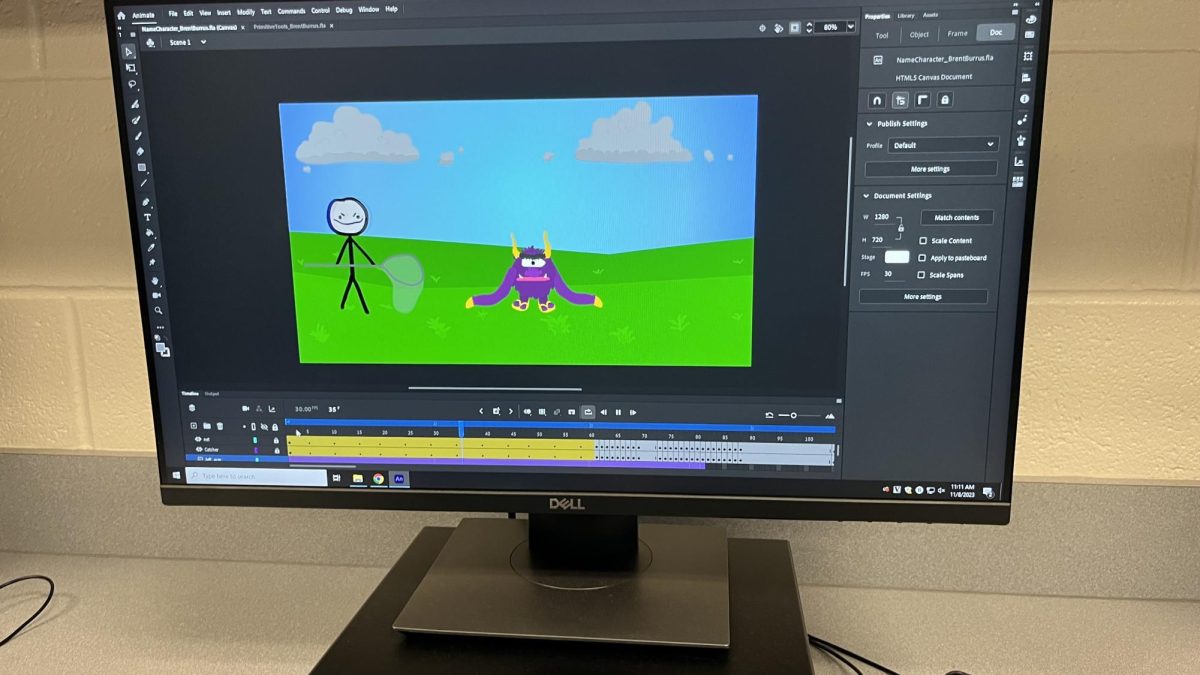Hands sweat while gripping the steering wheel. The instructor calmly and clearly tells the nervous student to turn right back into the DMV. As the student puts the car in park, he waits patiently for the instructor to give a verdict. The scratching of scores of pencil against paper feels like an eternity. Finally, the test instructor turns to face the student and congratulates them. They are given their license, now able to legally drive all on their own.
A major milestone and right of passage for teenagers in high school is obtaining their license in order to drive to work or hang out with friends. Students no longer have to depend on their parents’ schedule. However, there is a process behind achieving their license which includes acquiring a permit and taking the driving test.
“I ordered the packet from DPS which [then gives me] about a six month window [to teach] my child to drive,” health science teacher Sally Clemmons said. “I have taught four children to drive.”
In order to have a permit, the teenager has to pass a driving course. Some courses include Aceable, drivers ed online or a local driving school.
“I used the Texas Driver’s Ed school and I had to read really big modules,” junior Brayden Gill said. “When I had my permit, I drove practically all of the time, but I only had to log about 30 hours.”
Most teenagers and parents opt for the parent taught driver’s education. It is more convenient and cost effective.
“Parent taught is definitely more cost effective,” Clemmons said. “It was only $25 when I taught my children to drive.”
Each student learns differently in school. Whether they are auditory learners or visual learner, each student also takes a different approach to driving. All individuals are taught differently by different parents.
“When I first started driving, I was super nervous,” Gill said. “Mostly my mom taught me to drive. When I first got my permit, I drove in the high school parking lot and would not go over ten miles per hour because I was freaking out.”
When the student practices driving with a permit for the required amount of time, they are able to schedule a driving test at a local DPS office. Certain log sheets have to be filled out assuring that the student has done all of the required driving in order to take the road test.
“I had to have certain hours [driving] on the freeways, in the dark and in the rain,” sophomore Keslie Cook said. “I was really nervous when I first started driving, but it only took about 15 minutes to take the actual driving test.”
Every student has a different driving experience. Some may be crazier than others, but each story turns into a memory of when they were learning to drive.
“I actually have a crazy story of when I was driving,” Cook said. “My dad was in the passenger seat, and I was pulling up to my street when I saw the car in the street in front of me hit a dog. I almost hit a tree because I freaked out.”
Parents also have different methods of teaching their children to drive safely on the roads and be cautious of other drivers. They also offer advice from their past driving experiences to help their teenagers.
“My advice would be to drive a lot,” Clemmons said. “Drive with your parents to practice, so you won’t feel so nervous or apprehensive about driving. I always let my kids drive wherever they could.”


